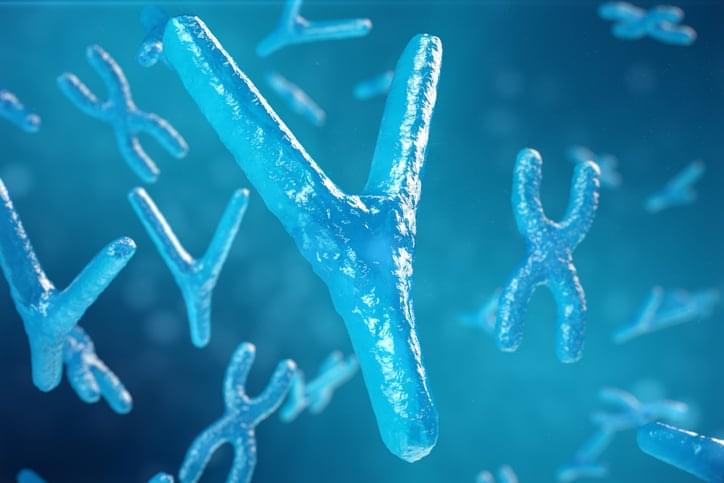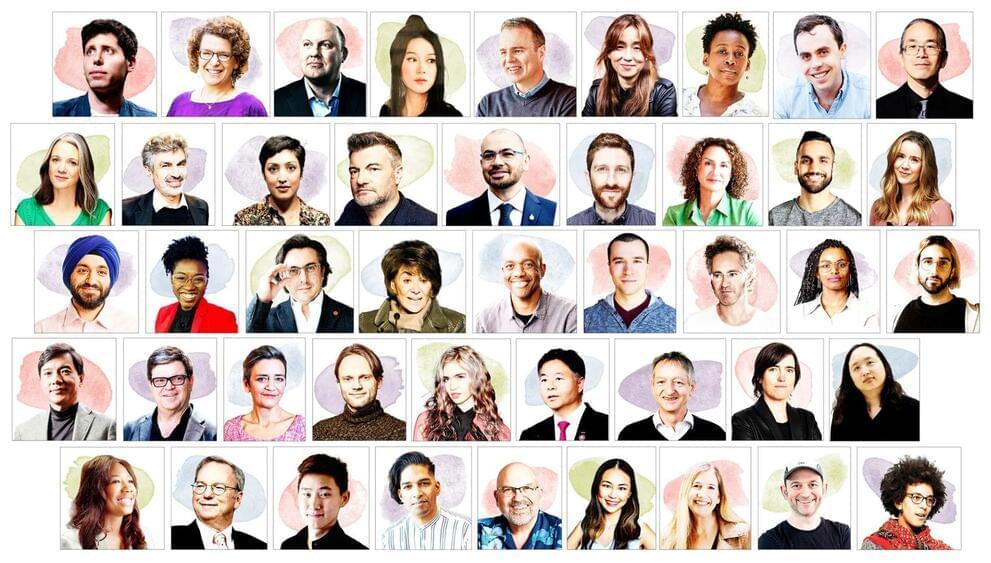Sep 13, 2023
Einstein’s most famous equation has been used to make matter from light particles
Posted by Shailesh Prasad in categories: information science, particle physics
According to Einstein’s theory of special relativity, first published in 1905, light can be converted into matter when two light particles collide with intense force. But, try as they might, scientists have never been able to do this. No one could create the conditions needed to transform light into matter — until now.
Physicists claim to have generated matter from pure light for the first time — a spectacular display of Einstein’s most famous equation.
This is a significant breakthrough, overcoming a theoretical barrier that seemed impossible only a few decades ago.

















